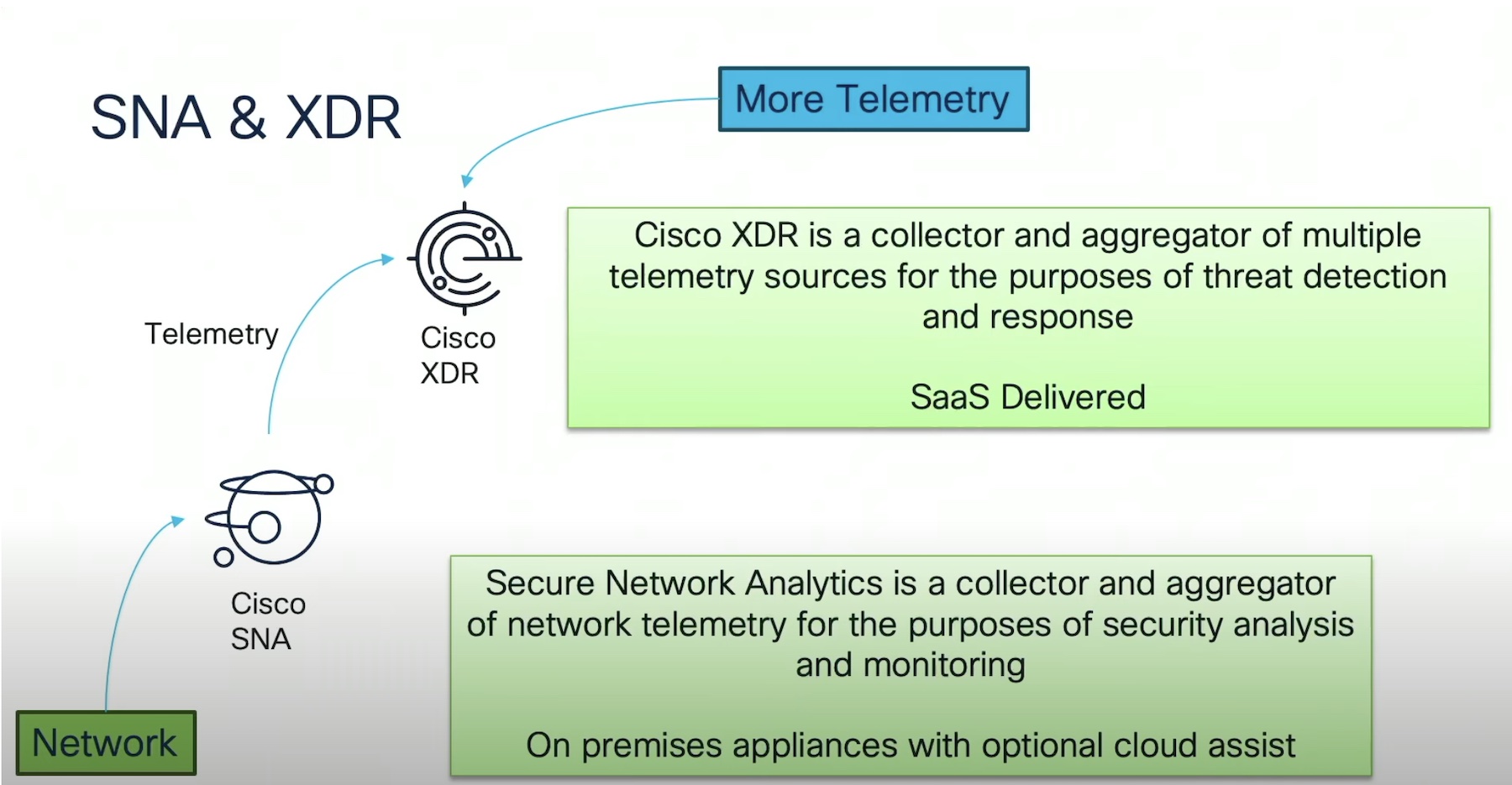It has been nearly a year since Cisco shook up the IT infrastructure world with their unified computing system (UCS) server line. Predictably, although the introduction set the world buzzing, customer uptake has been somewhat slower. Although evaluations are reported to be widespread, production use has lagged. The high-end corporate environments that use devices like these simply don’t turn on a dime. Regardless, UCS is an important infrastructure element and deserves the continuing attention it has received.
Cisco recently reached out to a number of us in the IT infrastructure space, asking for our opinion on UCS as it stands today. Gestalt IT author, Greg Ferro, posted a number of keen thoughts over at his Ethereal Mind blog, and we (Bas Raayman and Stephen Foskett) put our heads together to come up with some additional thoughts. Although clearly directed at Cisco, we look forward to responses from other parties as well!
- How successful has UCS been in production deployment? What were the expectations of early adopters and have these been met? What do Gestalt IT readers think?
- What feedback has Cisco received from customers from customers regarding Fibre Channel over Ethernet (FCoE)? What do our readers think of FCoE at this point?
- Many customers do not require a fully built-up stack, and instead need only a few blades. Are these smaller customers responding to UCS or is the product’s target market exclusively at the high end?
- Will Cisco introduce a UCS model with multiple blade chassis?
- What is the added value to a customer comparing a full width UCS blade to a regular 1U server?
- What is the strategy if a customer needs extra I/O for an individual server within the UCS stack? Are any I/O extensions or upgrades planned?
- Scalability is one of the key issues. What is the target scale for UCS and what is the biggest UCS deployment currently in use?
The VCE data center partnership resulted in taking the UCS computing system as a basis and integrated a storage unit and VMware to the solution stack. This is a solution that is sold as a “plug and play” virtualization building block and helped to establish UCS as a strategic platform. The Ionix part of the vBlock solution has “overall management” written over it, directed to allow management of all components from a central interface. More questions come to mind regarding VCE and UCS:
- Are there any plans to provide the option to upgrade to a vBlock solution from a purchased UCS stack? If I currently have a UCS setup, can I add the missing components and have my setup validated so that I can add a storage array and the Ionix management to create my own vBlock?
- I am putting “all of my eggs in one basket” by solely implementing the UCS solution. Of course I need to plan growth, but what happens if Cisco encounters issues in delivering new hardware? Small and medium enterprise sized companies usually need to have multiple suppliers to avoid such problems, but how does Cisco handle this?
- How well do the UCS components work with other hardware beyond VCE, and is Cisco also offering a unified management solution for a heterogeneous environment? If not, what interfaces are they offering to implement central management?
We look forward to the response from Cisco and our readers!





Gestalt IT Tech Field Day – On Cisco and UCS…
There are a couple of words that are high on my list as being the buzzwords for 2010. The previous year brought us things like “green computing”, but the new hip seems to be “federation”, “unification”. And let……
The quietness of this thread is telling the UCS is all marketing hype and no added value. Its a complete rip and replace that will never show an ROI and that’s what ITs all about.
UCS is a major step forward in the server compute datacentre space. In simple terms, it will reduce costs, and by a significant amount and deliver a far better service. As you dig deaper you will see that a number of signicatnt UK cloud providers are building their businesses on this architecture… now that tells you a story. As you deep a even deeper you will see on a cost per port and application it wipes the floor with everyone else. Some unique patents and a total blade redesign to strip out all of the inefficiencies of the rest of the market. My predicion will be 2012 will the year when the Cisco UCS Datacentre becomes the norm!
Pretty amusing that you keep referring to Cisco as a server provider (in other places as well), but they don’t have a history of doing that and have a very fractured working image for their networking pieces. That’s hardly a golden recommendation for a serious server provider. Also, note that vendor lock-in has been taken to a new level – by someone who has NEVER produced servers before…as if it were so easy to do it well. You need to go talk to some serious IT shops and find out what’s really going on. UCS is pretty scary to most folks.
Someone .
we have 400 ( ok “had” ) physical 1U,2U and 5U Ibm boxes in 20 racks with associated cabling and ports on 5Ks and fexes and top of rack switches.
Now we have 2 UCS 6100 clusters with 2 chassis each and 10 blades per cluster ( room to grow ).
It takes up the top half of 2 racks, no 5K ports and probably will pay for itself in electricity savings alone in under 2 years.
yea .. marketing hype ….we’ll never buy another physical server again. … And I go back to a Z80 proc running CP/M.
Have you ever had your whole data center crash? Well, I’ve seen it twice now, all on UCS. The DME in UCS makes it great, save configurations, blah, blah, but it is also its Achilles heel. If you get bitten by bad “firmware”, the result of a power hit to your UCS, you better pray you have the “good” firmware in place, otherwise, the blades do not come up as advertised. Also, are you tight on space in your co-lo? only have power for 3 UCS chassis in a single rack? Well, you can power up two HP C-7000’s with the same power. Difference? 3 * 8 24 UCS blades or 2 *16 or 32 HP blades. I think I will take the extra blades and horse power.